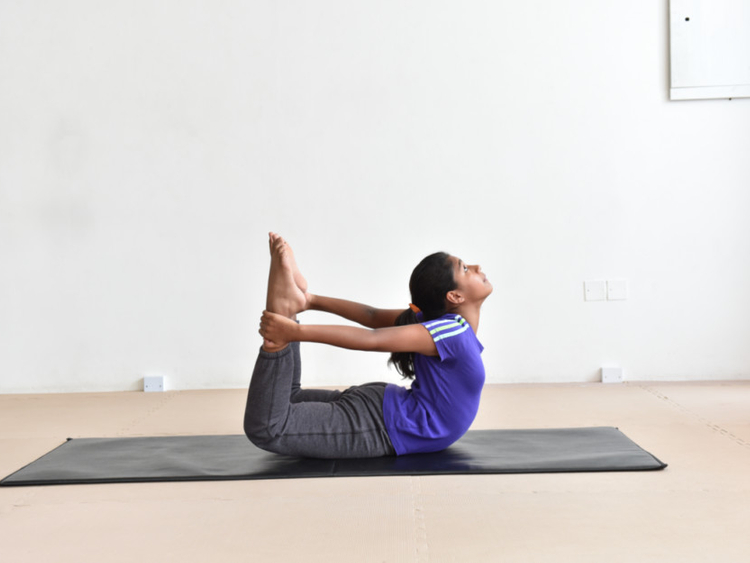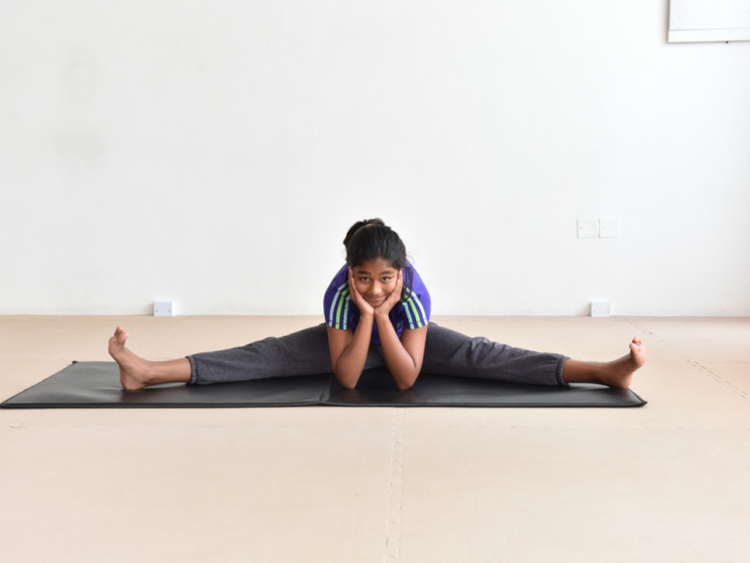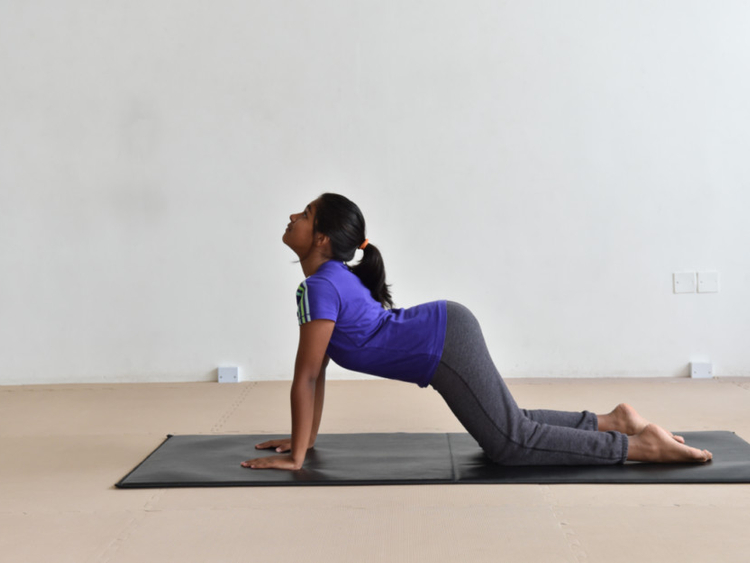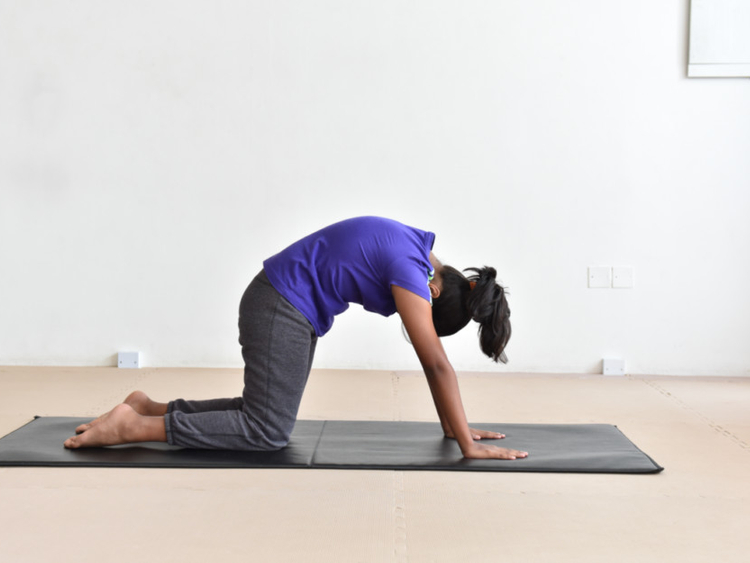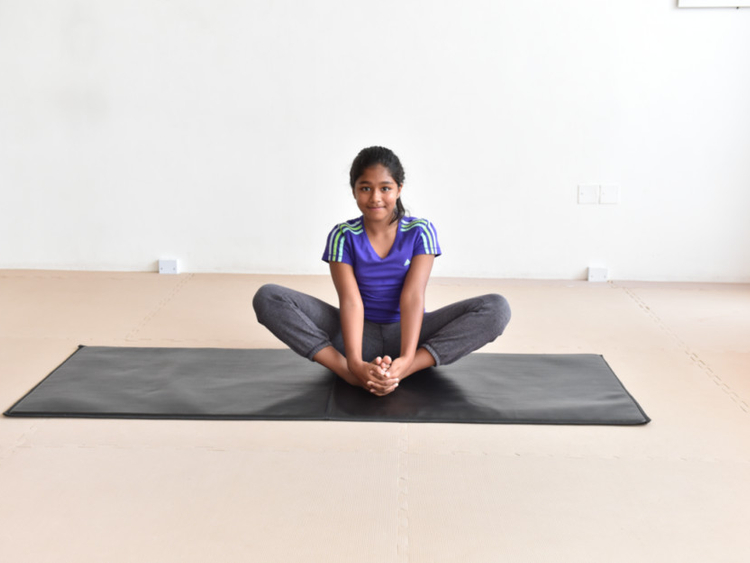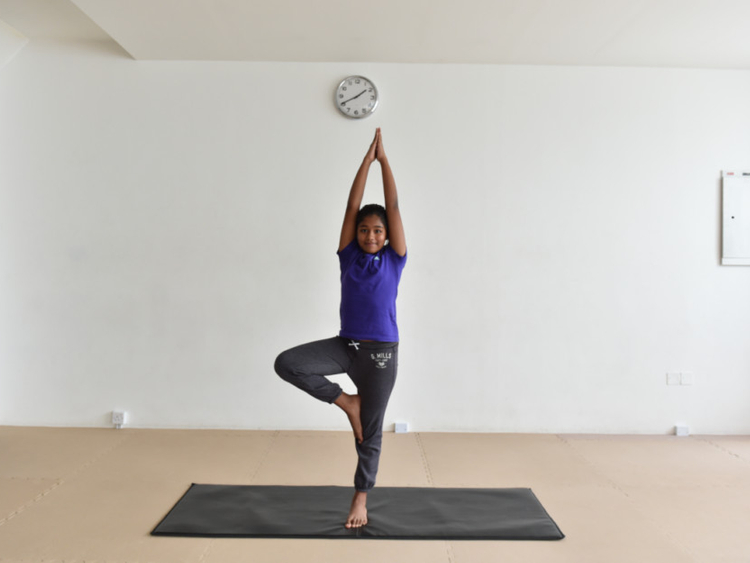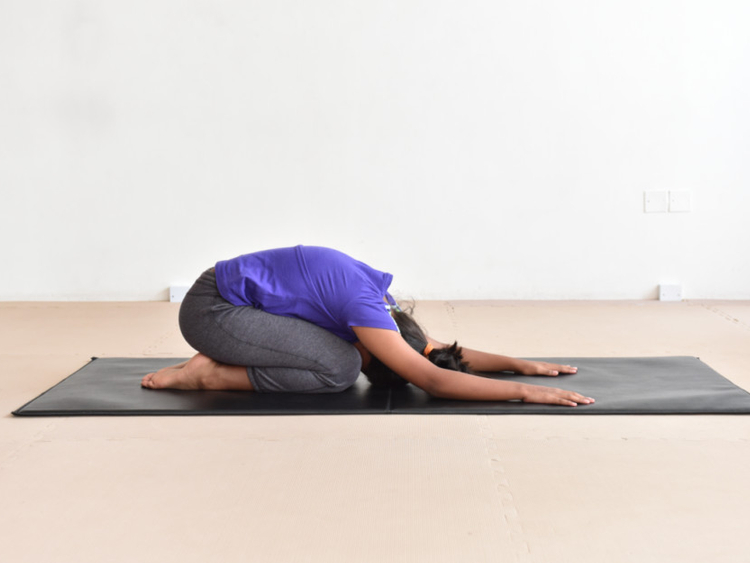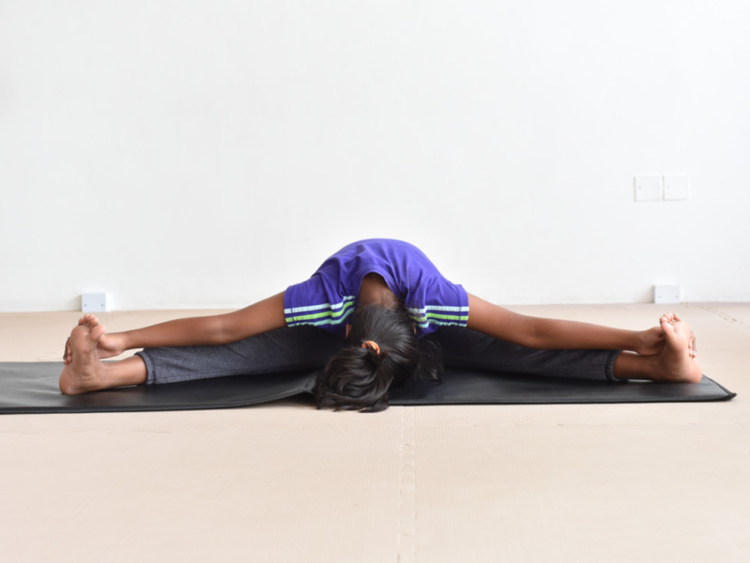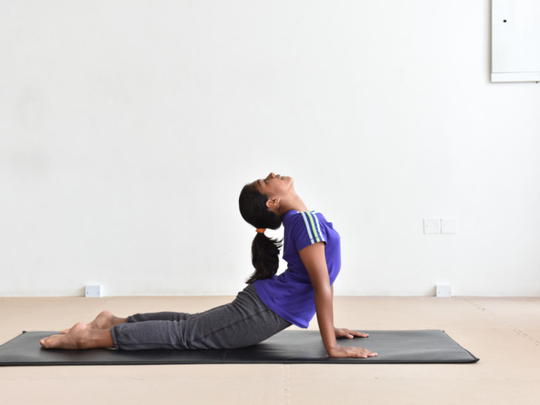
Owing to a fast-paced and demanding lifestyle, there has been increasing research in the field of yoga for children and young adults. It has been proven that yoga and meditation can be potential tools for children to deal with stress, regulate themselves and strengthen themselves mentally.
Physical fitness
Children have a naturally flexible, supple and relaxed body. Their breathing patterns are right and they have high energy levels. But due to lack of physical activity, poor eating habits, prolonged use of gadgets and the environment, they may suffer from poor posture, low immunity, low energy, obesity, sleep disorders, eye problems and respiratory issues such as wheezing, asthma, etc. Genetic factors also play a big role.
Yoga postures assist in physical fitness of children by maintaining or enhancing their flexibility, strength, balance and coordinative ability. This helps in musculoskeletal growth and maintenance of suppleness of the spine and a good posture. Regularly practising yoga techniques also helps regulate the hormonal set up as they work directly on organs and glands. Thus, immunity gets a good boost.
While postures such as vrikshasana (tree pose) help in balance and coordination, marjariasana (cat stretch), bhujangasana (cobra pose) and dhanurasana (bow pose) help keep the spine strong and supple. Postures such as titliasana (butterfly pose) and kurmasana (tortoise pose) are excellent for flexibility. Shashankasana (hare pose) helps relax and calm the entire system. Yoga postures work by systematic contraction and stretching of muscles and joints while some postures require balancing where the body weight tends to lean on one side.
Mental and emotional wellbeing
Children are expected to perform at school and extracurricular activities on a day to day basis. Their need for constant entertainment and stimulation is also increasing with massive presence of varying forms of media, leading to distraction and a generation shaped by the internet. They tend to show signs of distress and feelings of isolation when under pressure. Thus, they require mental focus and emotional balance to develop a good sense of self-esteem and confidence.
Yoga works on alignment and harmony between body, mind and emotions through postures, breathing techniques, mindfulness and meditation. This helps improve focus and concentration while it also helps them stay calm. Yoga can also help children suffering from behavioural issues (anger, anxiety, and aggression), Attention Deficit Disorders (ADD), obesity, sleep disorders and gadget dependency.
Children as young as four years can start practising yoga. By the time they reach the age of seven, they have the focus and ability to participate in group classes independently and maintain a routine. Yoga is now also available at most schools as part of the curriculum or an optional activity.
Following is a routine that, practised every day, will help children stay active, fit and focused.
Next Week: Breathing practices for children
This is an interactive series, in which we will bring you practical tips
on daily living, inspired by the vision of yoga. Write in to tabloid@gulfnews.com with your questions and doubts regarding enhancing your lifestyle through yoga. For more information, call 800-YOGA (9642) or log on to artisticyoga.com


